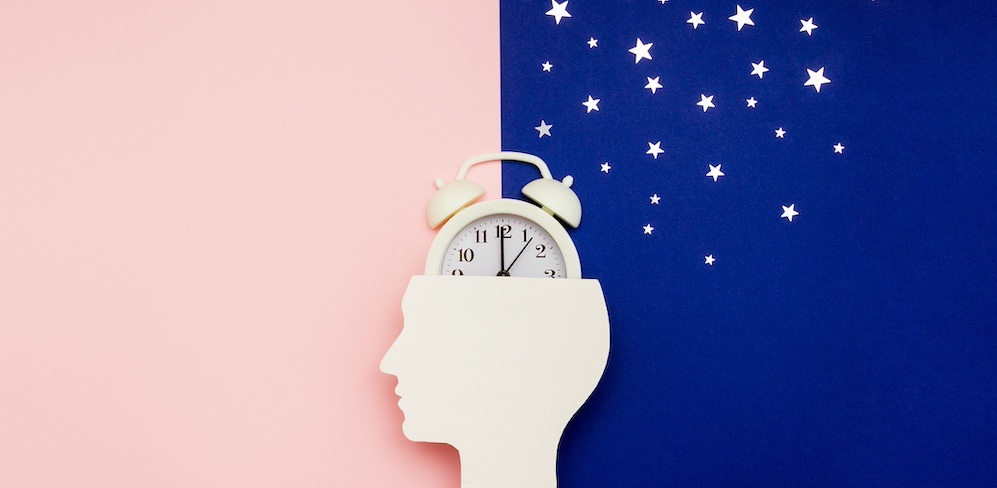Biography
Dr Marco Brancaccio, Lecturer in dementia research at Imperial College London, is interested in mechanisms driving circadian disruption in the early stages of neurodegenerative diseases. Obtaining his PhD in Neuroscience from the International School for Advanced Studies, Italy, he then completed postdoctoral training with Michael Hastings’ group at MRC LMB in Cambridge. Marco joined the UK DRI at Imperial in 2018, where he leads a group who use pioneering techniques to investigate circadian brain function.
Brancaccio Lab
Explore the work of the Brancaccio Lab, focusing on identifying the molecular mechanisms, the cellular players and the emergent network interactions driving circadian and sleep function, and their disruption in the early stages of Alzheimer’s disease

